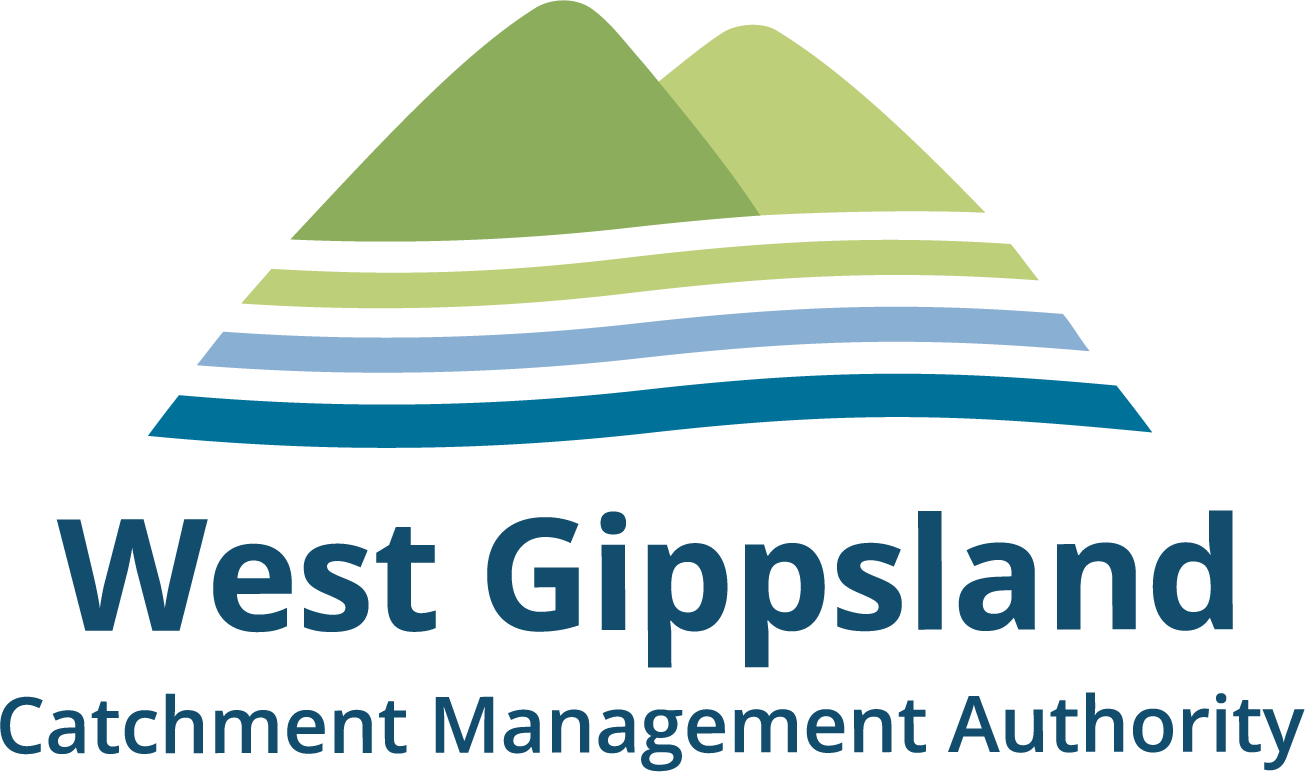Saving Chain of Ponds
LOCATION
Campaspe River from the headwaters in the Great Dividing Range to the confluence with the Murray River.
TRADITIONAL OWNERS
Dja Dja Wurrung, Taungurung , Yorta Yorta
OUTPUTS
- 8.6 kilometres of fencing
- 46 hectares of riverbank protected from grazing
- 26 hectares of weeds controlled
INVESTMENT
EC5 $469,000
PARTNERS
Landcare Groups, Goulburn-Murray Water, Victorian Environmental Water Holder, Commonwealth Environmental Water Holder
The Campaspe River is bouncing back better after the 2022 floods than it did in 2011, boosted by more than a decade
of environmental flows and riverbank revegetation and protection.
The 1-in-200-year 2011 floods decimated the Campaspe downstream of Lake Eppalock, and with the 2022 floods measured as about a 1-in-500-year event, the impact was expected to be worse.
However, the latest preliminary monitoring results have shown the riverbanks are healthier than after the 2011 floods, and key fish populations have bounced back almost immediately.
The results come on the back of 12 years of the Caring for the Campaspe fencing and revegetation project, and carefully managed water for environment flows. The Caring for Campaspe project has worked with the community since the 2011 floods to protect and restore the riverbank.
Since 2011, more than 100 kilometres of fencing has been built, 668 hectares of weeds controlled, and 576 hectares of the banks revegetated. And it has paid off. After the 2022 floods, once the North Central CMA was able to access the sites again, it found the riverbanks intact – the revegetation work had done its job in holding the bank together.
This is a remarkable achievement only made possible by leveraging the passion and commitment to river health of Campaspe landholders and the local community. And the benefits of all that hard work over the years were clear in the water as well. Arthur Rylah Institute fish surveys showed similar numbers of golden perch to what were found in the two years before the 2022 floods. Murray cod were also captured in all three reaches of the river, ranging in size from 57mm to 802mm, including multiple young-of-year fish. That all points to a resilient fish population and a recovering river.
The fish numbers are proof the river is bouncing back. They are at the top of the food chain in the river channel, so if they’re doing well, everything else that’s in there is doing well.

Shared benefits from water for the environment, revegetation, and fencing.









